Carnage Series
Erinnerung im Exil/Exiled Memory Project
“Erinnerung im Exil/Exiled Memories ” represents a transnational, inter-generational conversation about the Holocaust. Largely comprised of digitized prints derived from photos, paintings and archival documents, the project begins with the translation of 70 letters written by my grandparents, Moses Frostig and Beile Samuely, between 1938-1941, to my father Benjamin Frostig, who fled Vienna in 1938. These letters and the two surviving passport photos of each grandparent constitute the primary sources of artistic investigation regarding the long-term effects of war on survivors and their descendents.
My grandparents’ letters and various documents preserved by my father become navigational tools, guiding my process of recovering my family’s narrative. In this piecemeal fashion, akin to the irregularities of memory itself, I begin to assemble my grandparents’ story alongside my father’s harrowing escape from Vienna, following his arrest in 1938.
The overall project represents the intersection of personal and public memory regarding Holocaust history, and deals with ideas about presence and absence, memory and voice, and rupture and repair. Commemorating the seventieth anniversary of the Anschluss, the work is permanently installed at the University of Vienna ’s School of Law where my father earned a doctoral degree in Law and Economics in 1936. The project restores honor and dignity to my family, while delivering a personal response to this tragic period of history.
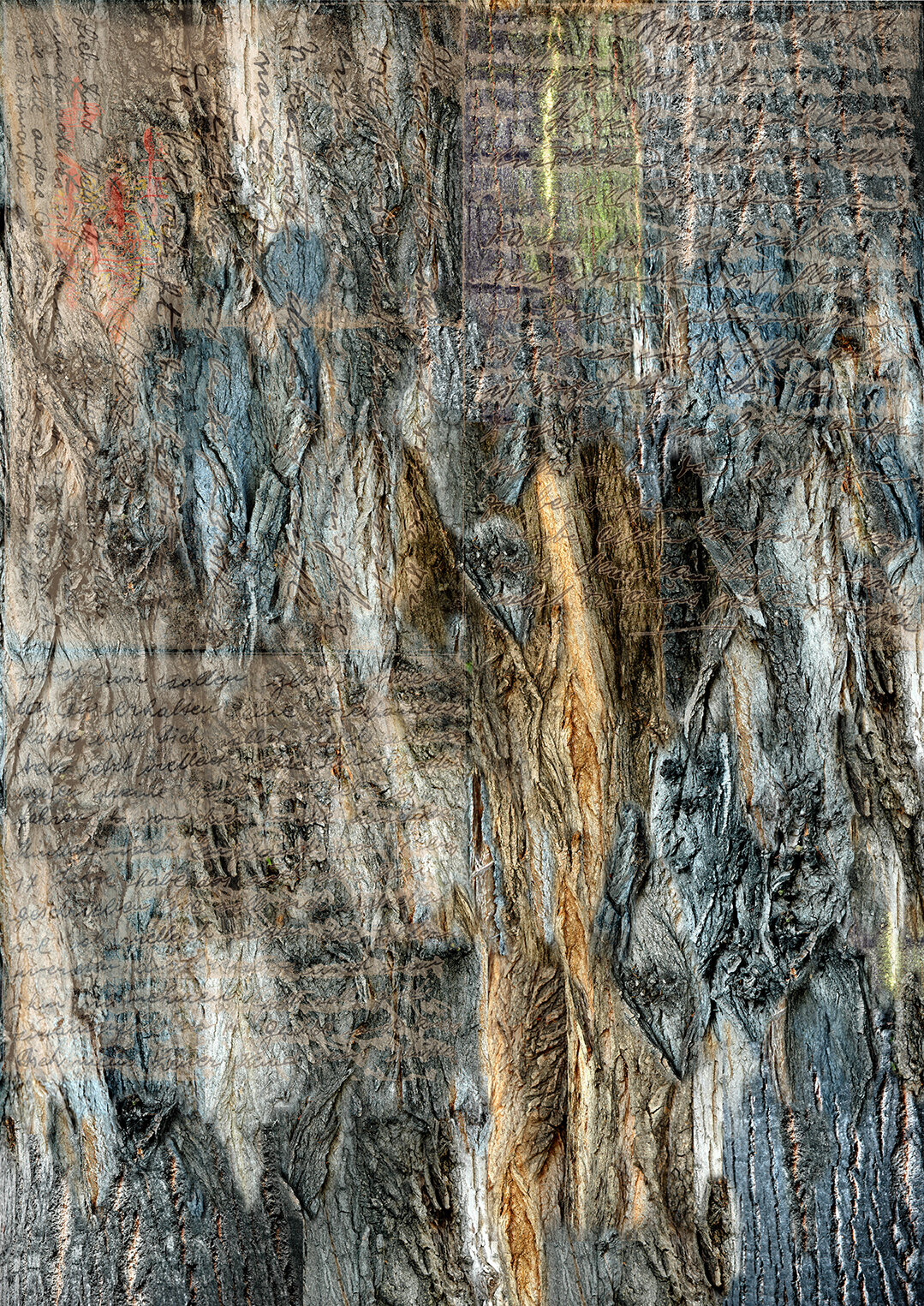
Leiser Zeuge (2007) Archival inkjet print mounted to aluminum 42 X 29".
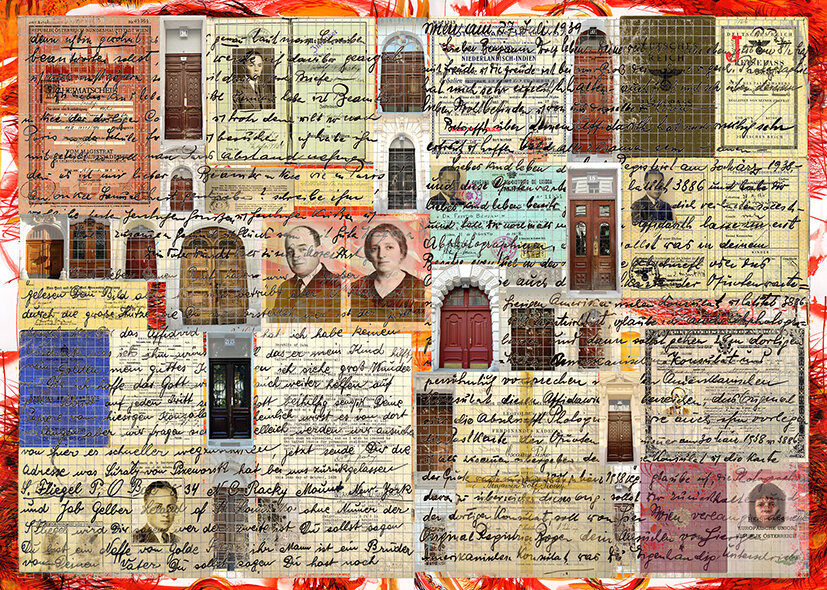
70 Years of Exile (2008). Archival inkjet print mounted to aluminum 25 x 35".
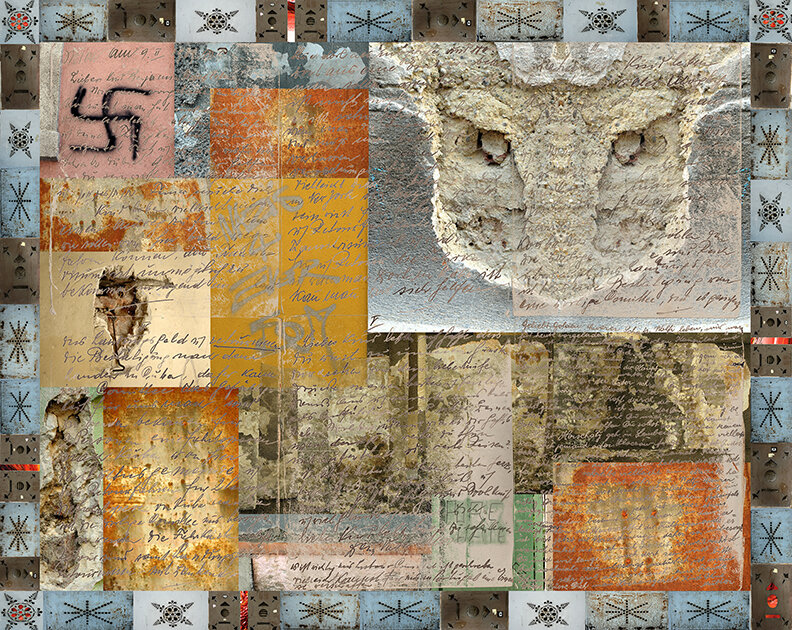
If Walls Could speak (2008). Archival inkjet print mounted to aluminum 31 x 39".
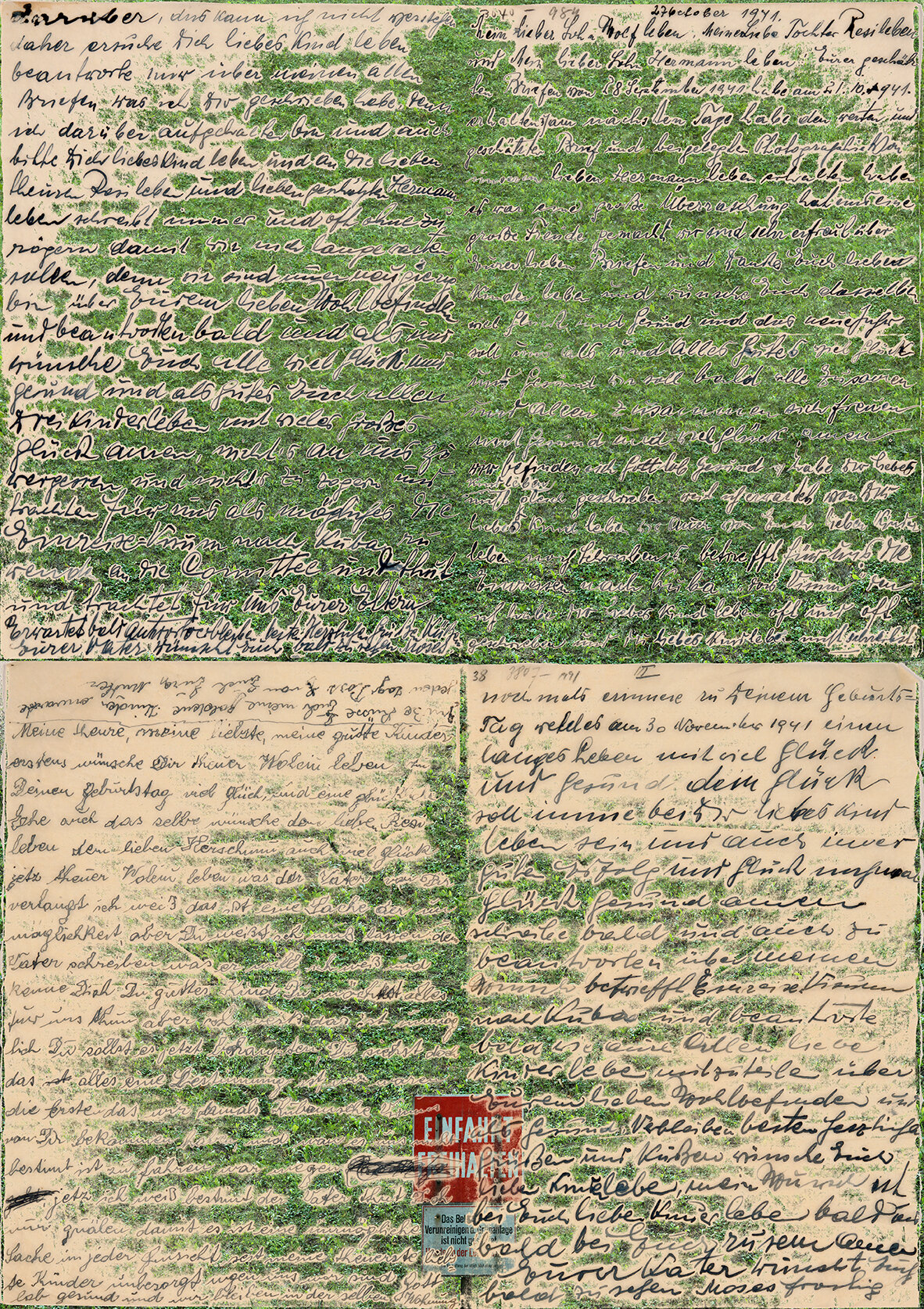
All That Remains (2007). Archival inkjet print mounted to aluminum 46 x 32".
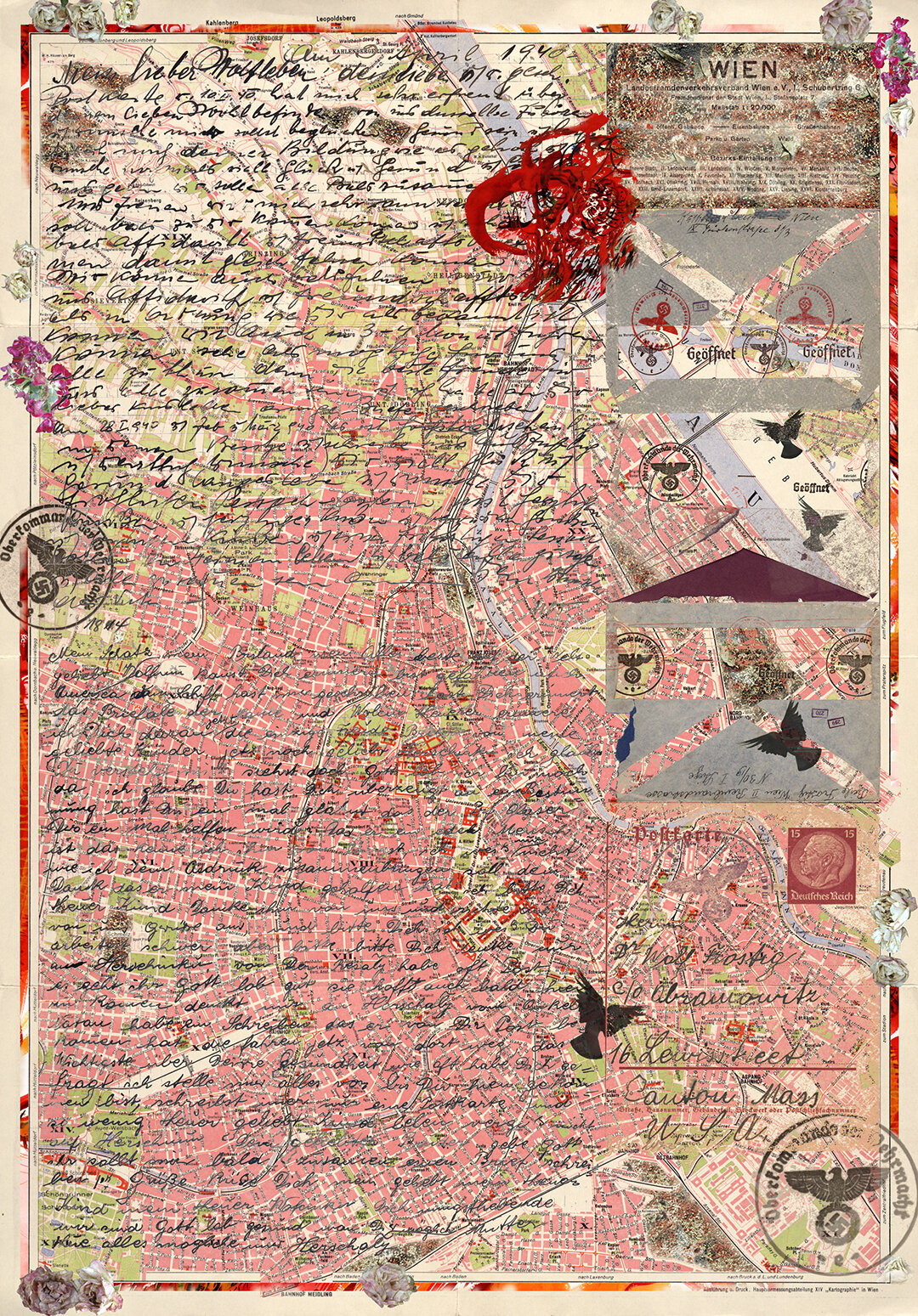
Juden Raus (2008). Archival inkjet print mounted to aluminum 31 x 22".

Und Die Frage (2009). Archival inkjet print mounted to aluminum 35 x 25".

Jungfernhof (2009). Archival inkjet print mounted to aluminum 15 x 62".
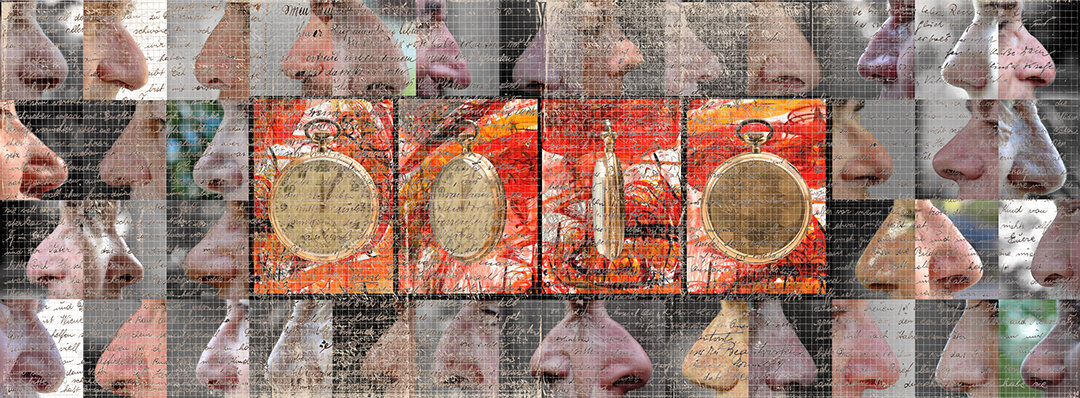
Odor of Survival (2008). Archival inkjet print mounted to aluminum 24 x 65".
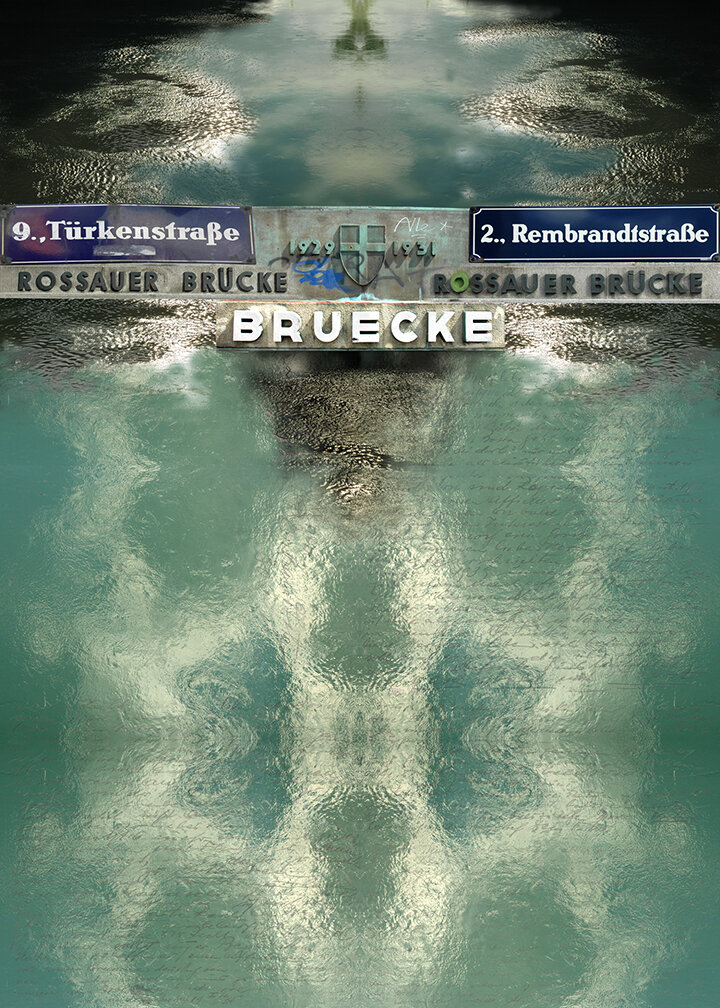
Ghostly Waters (2008). Archival inkjet print mounted to aluminum 35 x 25".
Whereabouts Unknown. (2024). Archival inkjet print, 25 x 35". The last panel in a series of 18 panels.
“Whereabouts Unknown” contains passport photos of my grandparents, the only photos I have. Looking directly into the camera, their faces communicate their desperate longing to escape Austria and join their son in Cuba.
Arriving at Ellis Island in 1939, my father and seven Austrians with visas to Mexico, were prevented from receiving asylum in the US. Deported from the US to Mexico, they were prevented by Mexican authorities due to problematic paperwork, to disembark their boat to land on safe soil. They were placed on a ship headed for Hamburg, where they would face deportation to the camps. Meanwhile, my father, a lawyer, with another Austrian negotiated asylum in Cuba for himself and seven Austrians with Col. Fulgencio Batista, aboard the steamship Orizaba, destined for Hamburg.
Once in Cuba, an unlawful detainment obstructed his ability to save his parents. I include my father’s tefillen and carrying pouch, indicative of my family’s identity as observant Jews. The backdrop is the Jungfernhof concentration camp, a cataclysmic landscape drenched in blood. The post-war letter written to the Red Cross in search of his parents, produces an empty response.
Following three rounds of scientific explorations at the site, the two bones were found, belonging to animals. A search for the lost mass grave at Jungfernhof, containing more than 800 bodies, continues.
In 2017, the camp site, located three miles outside of Latvia’s capital city, was converted into a recreation park. In 2019, I submitted my second proposal to the Latvian government to create a permanent memorial at this unmarked site of murder. The second proposal was also rejected. In 2024, I was invited by the International Holocaust Remembrance Alliance, to register the camp as an endangered site on their website. I continue to pursue creating a permanent memorial at the camp where close to 4,000 Jews were murdered at the site or in a nearby forest, or sent to satellite camps. Only 149 survived. The Jungfernhof concentration camp, one of Latvia’s earliest camps, is the only camp in Latvia without signage or acknowledgement of its dark past.





